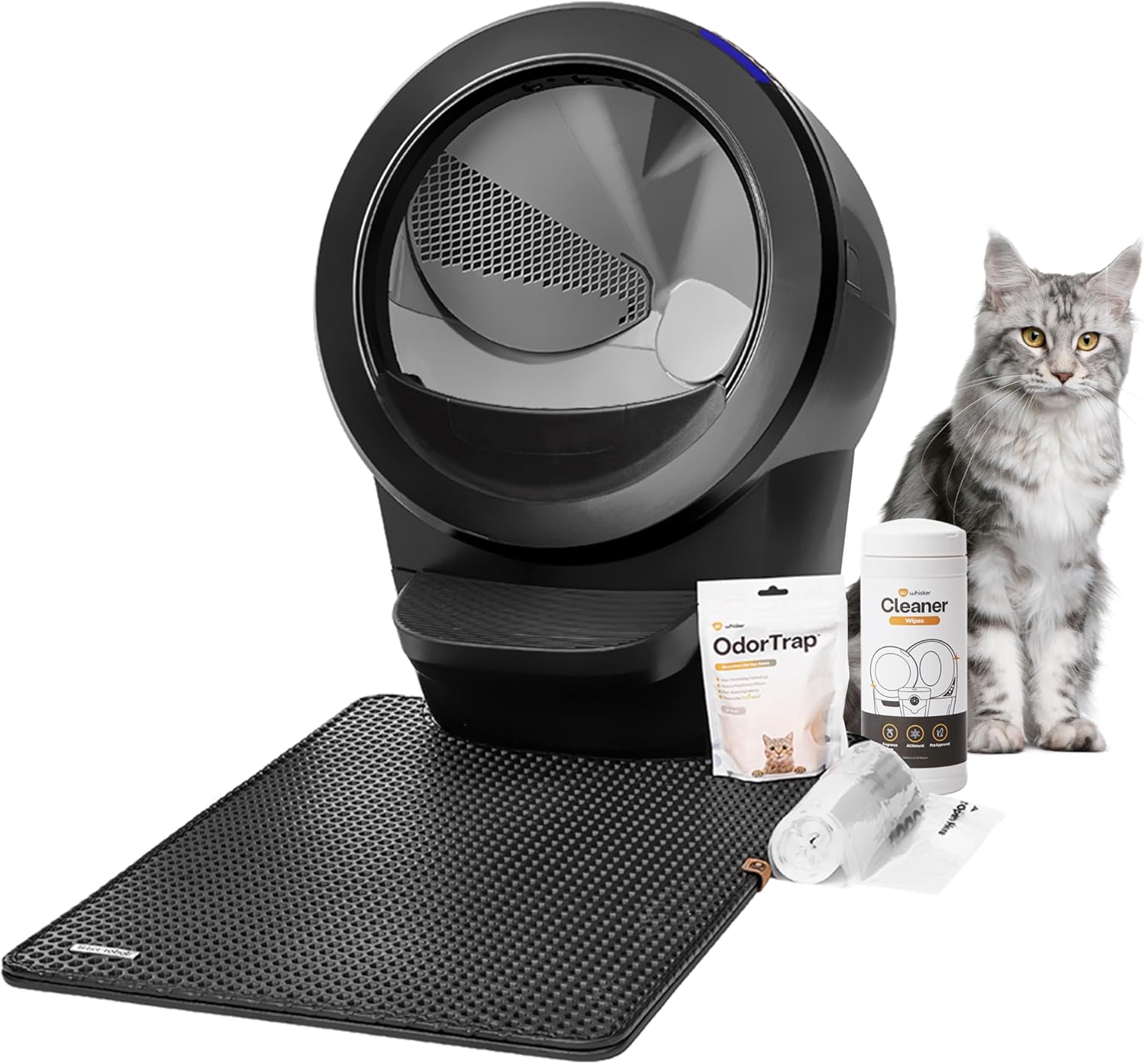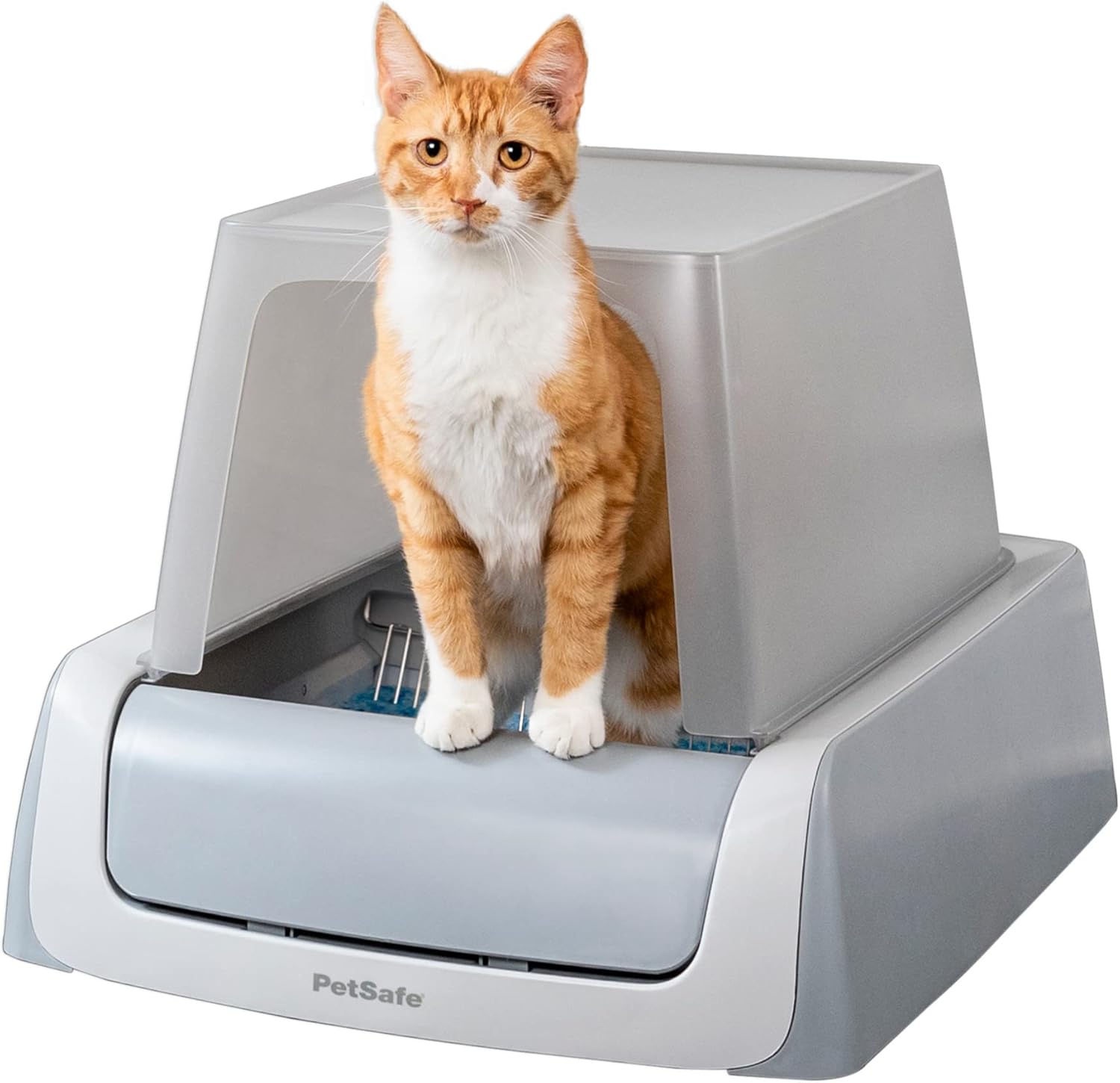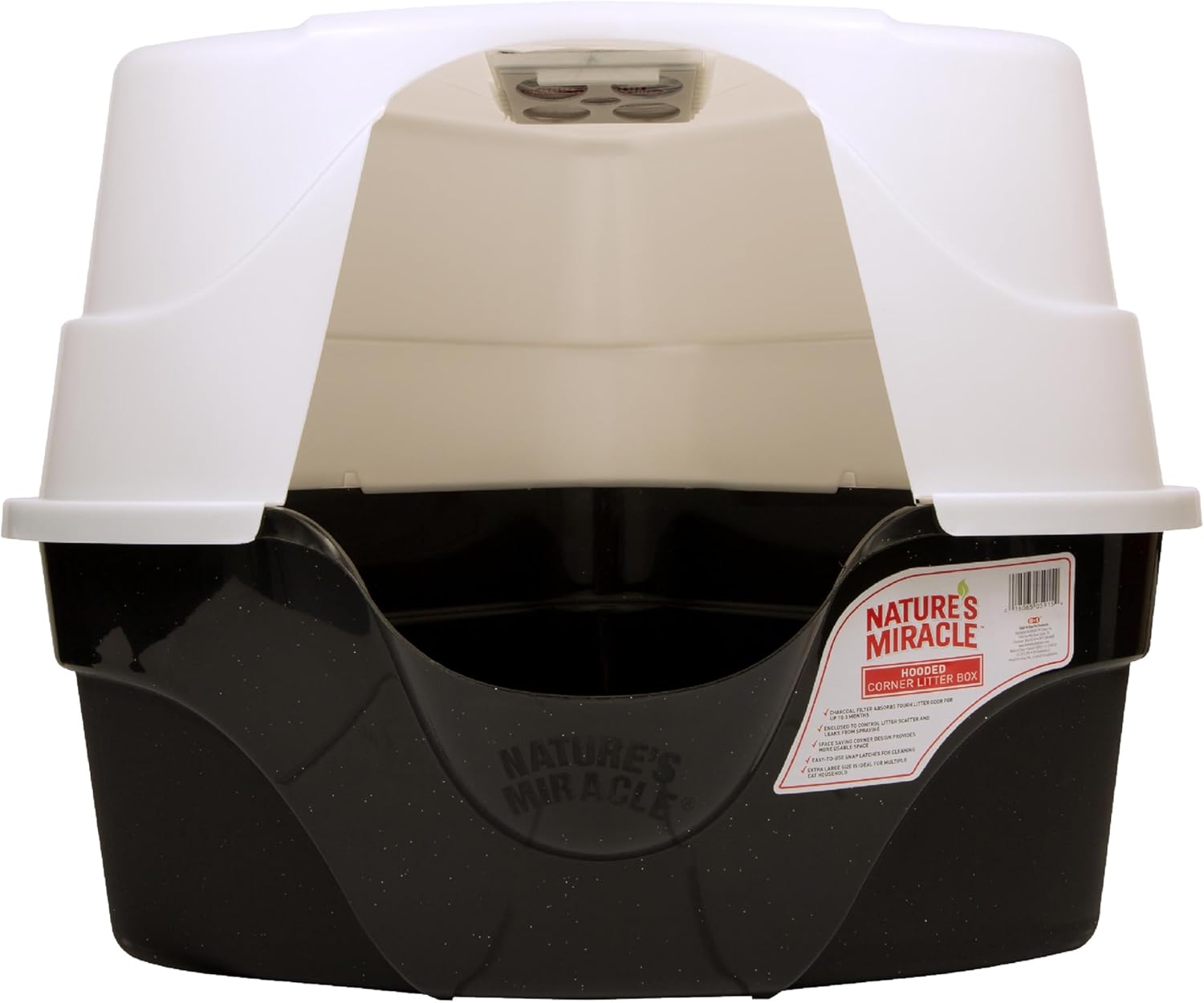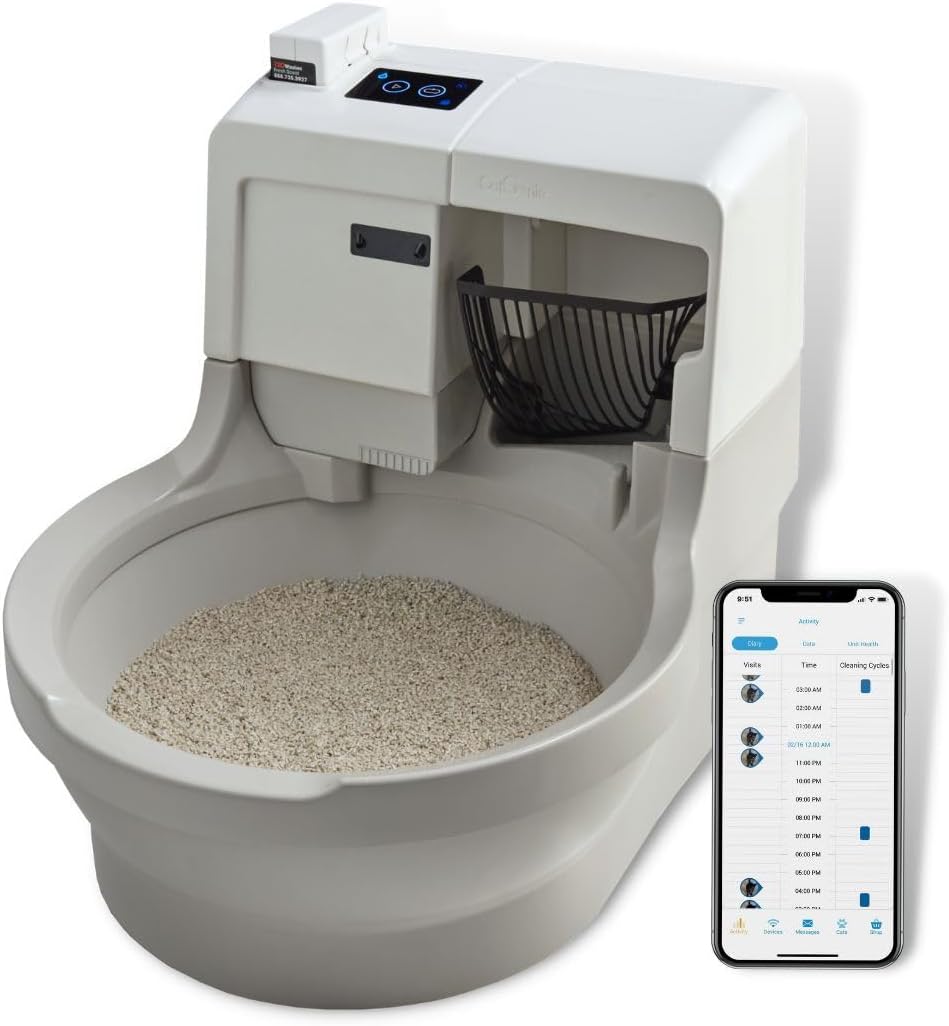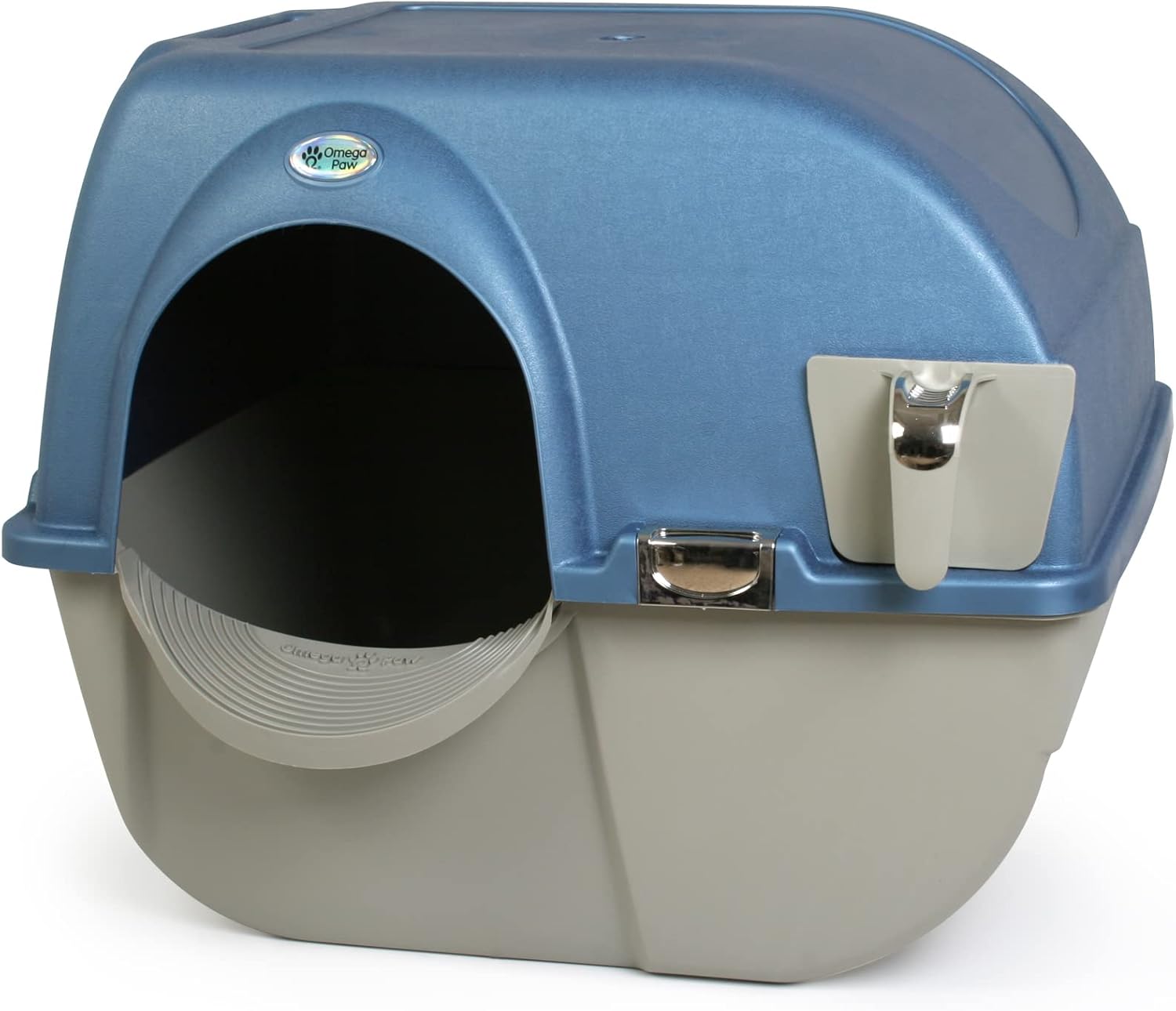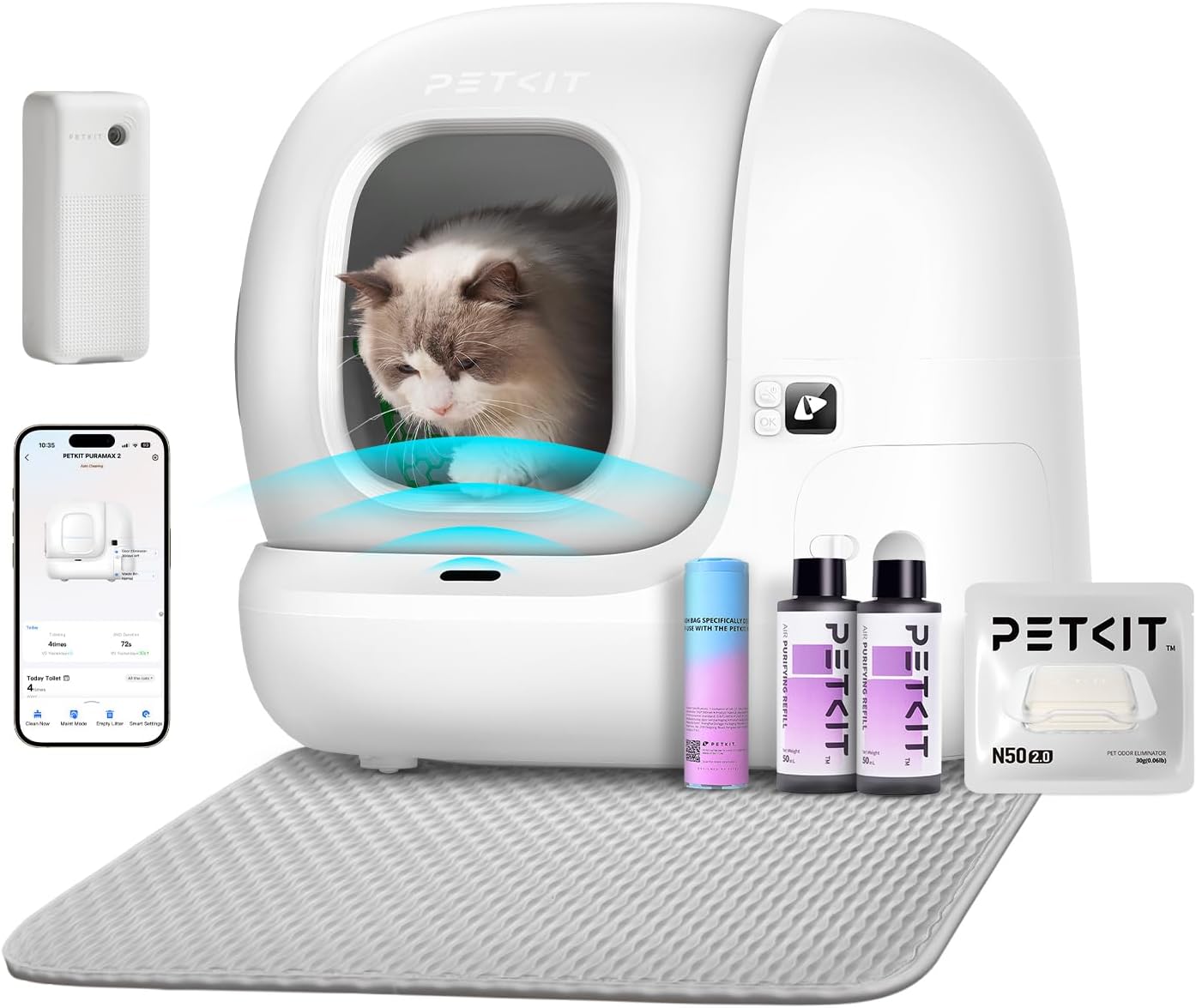The Rise of Self-Cleaning Litter Boxes: Do They Really Work?
If you’re a cat owner, you’ve probably dreamed of a solution to the never-ending task of scooping the litter box. It’s a daily chore that no one enjoys, and it can be even more daunting if you have multiple cats or a busy schedule. The constant effort to keep the box clean and odor-free often feels like an uphill battle. That’s where self-cleaning litter boxes come in—offering a promise to automate this messy task and give you more time to enjoy your furry friend without the hassle.
But do these high-tech gadgets really deliver on their promises? While they’ve become increasingly popular among cat owners, opinions remain mixed. Some swear by the convenience and cleanliness, while others find the costs and maintenance to be more trouble than they’re worth. In this article, we’ll cover everything you need to know about self-cleaning litter boxes—from how they work and what to consider before buying one, to a review of top-rated models that cat owners love. Let’s break it all down so you can decide if one of these devices is right for you and your feline companion.
What Are Self-Cleaning Litter Boxes? 🐾
A self-cleaning litter box is a modern solution designed to simplify one of the least pleasant parts of cat ownership: cleaning the litter box. These devices use technology to remove your cat’s waste automatically, saving you time and effort. Unlike traditional litter boxes, which require daily scooping, self-cleaning models typically rake, sift, or flush waste into a designated compartment or container, leaving the remaining litter fresh and clean for your cat.
How Do They Work?
Most self-cleaning litter boxes operate using sensors and automated mechanisms. Here’s a basic rundown of how they function:
- Sensors Detect Use: When your cat uses the litter box, motion or weight sensors activate and detect when your cat has left.
- Cleaning Cycle Begins: After a preset waiting period (to allow the litter to clump or settle), the device activates its cleaning system. This can involve:
- A rake that sifts through the litter, removing clumps and depositing them in a waste compartment.
- A rotating drum that separates clean litter from waste, similar to a sifter.
- A washing system, in some advanced models, that cleans reusable litter with water and a cleaning solution.
- Waste Storage: The removed waste is stored in a sealed compartment or disposable tray, which you empty periodically.
Key Features
- Automatic Cleaning: Reduces or eliminates the need for manual scooping.
- Odor Management: Many models include sealed waste compartments and odor-neutralizing filters to keep smells under control.
- Ease of Use: With preset timers and low-maintenance designs, most are straightforward to operate.
- Compatibility: Some work with standard clumping litter, while others require specific types of litter, like crystals or reusable granules.
Who Are They For?
Self-cleaning litter boxes are ideal for:
- Busy Owners: Those with limited time to maintain a traditional litter box.
- Multi-Cat Households: Where waste accumulates quickly, requiring frequent cleaning.
- People with Mobility Issues: They make litter box maintenance less physically demanding.
- Odor-Sensitive Households: Their odor-control systems help keep homes smelling fresh.
Limitations
While self-cleaning litter boxes offer convenience, they’re not perfect. Some require specific litter types, which may cost more or be harder to find. Regular maintenance is still necessary to clean the waste compartment and sensors. Additionally, the upfront cost of these gadgets can be significantly higher than traditional litter boxes.
Self-cleaning litter boxes represent a step forward in pet care technology, making life easier for cat owners. However, their effectiveness depends on choosing the right model for your needs and ensuring your cat is comfortable using it. Understanding how they work and their potential benefits can help you decide if investing in one is the right move for you and your feline friend.
Benefits of Self-Cleaning Litter Boxes 🌟
Self-cleaning litter boxes are more than just a gadget; they offer several practical benefits that can improve the lives of both cats and their owners. Here’s a detailed look at why these devices are gaining popularity and how they can make a difference in your daily routine.
Less Time and Effort
Manual scooping can feel like a never-ending chore, especially in multi-cat households. Self-cleaning litter boxes significantly reduce the time spent maintaining your cat’s litter box, allowing you to focus on other tasks or simply enjoy more quality time with your pet. The automated cleaning system takes care of the dirty work for you.
Better Odor Control
One of the biggest complaints about traditional litter boxes is the smell. Many self-cleaning models come with advanced odor-control systems, such as sealed waste compartments, carbon filters, or deodorizing mechanisms. By promptly removing waste and sealing it away, these devices help keep your home smelling fresh and clean.
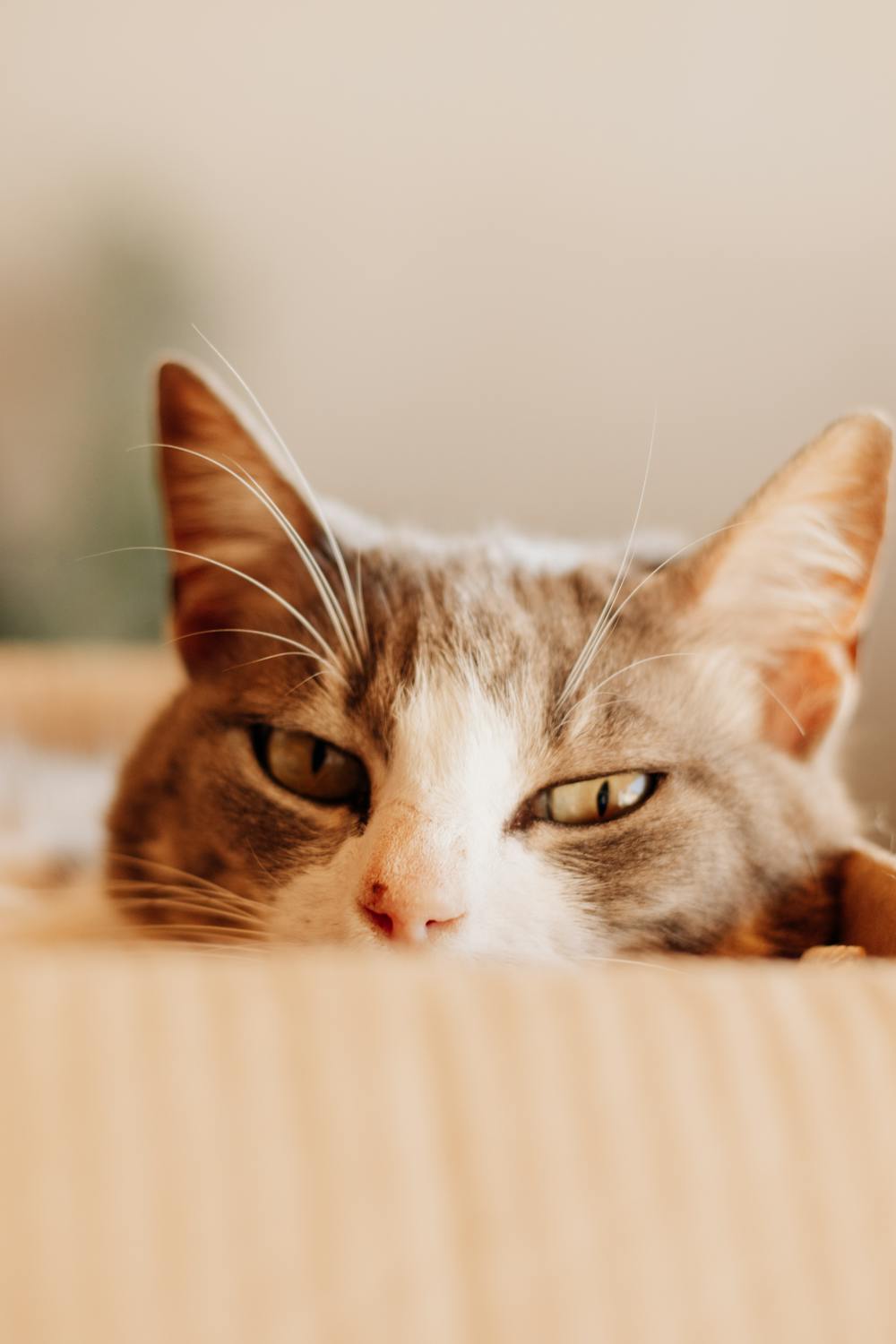
Improved Hygiene
A consistently clean litter box reduces the buildup of bacteria and odors, creating a healthier environment for both you and your cat. This is especially important in households where litter box hygiene is a top priority due to allergies or sensitivities.
Ideal for Multi-Cat Households
In homes with multiple cats, litter boxes can get dirty quickly, leading to unpleasant odors and potential behavioral issues. Self-cleaning litter boxes are designed to keep up with frequent use, ensuring that the litter box remains clean and inviting for all your feline friends.
Convenience for Busy Schedules
For cat owners with demanding lifestyles, these devices provide much-needed convenience. With less frequent scooping required, you’ll have peace of mind knowing that your cat’s needs are met even when you’re busy or away for short periods.
A Cleaner Experience
Cleaning a litter box manually can be a messy task. Self-cleaning models minimize direct contact with waste, making the entire process more sanitary and less unpleasant. This feature is particularly beneficial for people with mobility challenges or sensitivities to odors and germs.
Encourages Regular Use by Cats
Cats are naturally clean animals, and they appreciate a tidy litter box. A self-cleaning litter box ensures that waste is removed promptly, creating a more appealing space for your cat. This can reduce the chances of your cat refusing to use the litter box due to cleanliness issues.
Saves Money in the Long Run
Although self-cleaning litter boxes have a higher upfront cost, they can save money over time by using litter more efficiently. Some models sift and separate clean litter from waste, reducing the amount of litter you need to replace.
Reduces Household Stress
If you live with multiple people, the task of cleaning the litter box often becomes a source of stress or debate. A self-cleaning litter box removes this chore from your household routine, making it one less thing to worry about.
Self-cleaning litter boxes bring a host of benefits, but the key to maximizing their value lies in selecting the right model for your needs. By automating one of the least enjoyable aspects of cat ownership, these devices offer convenience, cleanliness, and peace of mind for cat owners everywhere.
Things to Consider Before Buying 🛒
Before investing in a self-cleaning litter box, it’s essential to weigh your options carefully. These gadgets are not one-size-fits-all, and the right choice depends on your cat’s needs, your lifestyle, and the specific features of each model. Here’s what to keep in mind:
Your Cat’s Size and Comfort
- Size Matters: Ensure the litter box is large enough for your cat, especially if you have a larger breed like a Maine Coon. Some models are more spacious than others.
- Design and Accessibility: Cats need to feel comfortable entering and exiting the box. Models with high sides or enclosed spaces may not work for senior cats or those with mobility issues.
- Noise Sensitivity: Some cats are startled by the sound of the cleaning mechanism. Look for quieter models if your cat is easily scared.
Number of Cats in Your Home
- Capacity: If you have multiple cats, choose a model that can handle frequent use. Some boxes are specifically designed for multi-cat households.
- Multiple Units: In homes with several cats, even a self-cleaning litter box might not suffice. You may still need more than one to accommodate your feline family.
Type of Litter
- Litter Compatibility: Some self-cleaning litter boxes require specific types of litter, such as clumping clay, crystal litter, or reusable granules. Verify this before purchasing to ensure the litter is readily available and affordable.
- Litter Usage: Certain models are more efficient in preserving litter, which can save money over time.
Space and Placement
- Dimensions: Self-cleaning litter boxes are generally larger than traditional ones. Measure your available space to ensure it fits.
- Power Source: Most models need to be plugged into an outlet. Ensure the location you choose has access to power, or opt for a battery-operated model if that’s not feasible.
Maintenance Requirements
- Cleaning Frequency: While these devices reduce daily scooping, they still need regular maintenance. Waste compartments, sensors, and rakes may need to be cleaned weekly or bi-weekly, depending on the model.
- Replacement Parts: Some parts, like filters, trays, or rakes, may wear out over time. Check the availability and cost of replacements before committing to a specific model.
Odor Control Features
- Sealed Waste Compartments: Look for models with sealed compartments or odor-neutralizing filters to keep smells contained.
- Air Circulation: Some models have built-in fans or deodorizing systems to minimize odors.
Your Cat’s Personality
- Adaptability: Cats can be creatures of habit. Introducing a new litter box may require a transition period. Be patient and prepared for some trial and error.
- Preferences: Some cats dislike enclosed spaces or unusual litter textures. Observe your cat’s habits to determine which features might work best.
Warranty and Customer Support
- Warranty Coverage: A self-cleaning litter box is a significant investment, so choose a model with a good warranty. Most reputable brands offer warranties ranging from 1 to 3 years.
- Customer Service: Look for brands with responsive customer support in case you need assistance with setup or troubleshooting.
By considering these factors, you’ll be better equipped to choose a self-cleaning litter box that meets both your needs and your cat’s preferences. Taking the time to research and evaluate your options ensures you make a smart, informed decision that makes life easier for both you and your furry companion.
Do Self-Cleaning Litter Boxes Work for All Cats? 🐱
Self-cleaning litter boxes can be a fantastic solution for many households, but they aren’t a universal fit for every cat. Factors such as your cat’s personality, size, habits, and health can all play a role in determining whether one of these devices will work well in your home. Here’s a closer look at what you should consider.
Cat Size and Breed
- Larger Cats: Breeds like Maine Coons or Ragdolls may find some self-cleaning litter boxes too cramped. Ensure the model you choose has enough interior space for your cat to move around comfortably.
- Smaller Cats or Kittens: Lightweight cats, including kittens, might not trigger the sensors in some models. Check the product specifications to see if it works with cats below a certain weight.
Noise Sensitivity
- Startling Mechanisms: Some self-cleaning litter boxes produce noise during their cleaning cycles, which can scare sensitive or skittish cats. If your cat is easily startled, opt for a quieter model or introduce it gradually to help them acclimate.
- Adjustment Period: Give your cat time to adjust to the new box by keeping their old one nearby during the transition.
Cat Habits and Preferences
- Covered vs. Open Design: Some self-cleaning litter boxes have enclosed designs, which can feel restrictive to cats who prefer open spaces. Observe your cat’s preferences with their current litter box to choose the right design.
- Litter Type: If the model requires a specific type of litter (e.g., crystal or clumping), ensure your cat is comfortable using it. Cats are particular about texture, and an unfamiliar litter could lead to rejection of the new box.
Health and Age
- Senior Cats: Older cats with arthritis or mobility issues may struggle with high-sided or enclosed designs. Look for boxes with low entry points or ramps for easier access.
- Medical Conditions: Cats with frequent or loose stools might not be ideal candidates for self-cleaning boxes, as the cleaning mechanism may struggle to handle non-clumping waste effectively.
Multi-Cat Households
- High Traffic: In homes with multiple cats, the litter box might be used too frequently for the self-cleaning mechanism to keep up. Some models are designed specifically for multi-cat households, so be sure to choose one with a larger waste capacity.
- Territorial Behavior: Cats can be territorial about their litter box. Even with a self-cleaning box, you might need multiple units to avoid conflicts.
Gradual Introduction
- Transition Period: Cats are creatures of habit and may be wary of a new litter box, especially one that moves or makes noise. To make the transition smoother:
- Place the new box next to the old one.
- Allow your cat to explore it at their own pace.
- Keep the old box available until your cat consistently uses the self-cleaning one.
- Positive Reinforcement: Reward your cat with treats or affection when they use the new box to create positive associations.
Situations Where They May Not Work
- Extremely Skittish Cats: Some cats may refuse to use a self-cleaning litter box entirely due to fear of the noise or movement.
- Frequent Malfunctions: If the sensors fail to detect your cat consistently, the box might not clean effectively, leading to frustration for both you and your cat.
- Unusual Litter Preferences: If your cat has a strong preference for a certain type of litter that isn’t compatible with the self-cleaning box, it may not be a suitable solution.
While self-cleaning litter boxes can work wonders for many cats and their owners, they aren’t a guaranteed fit for every feline. Observing your cat’s preferences, size, and habits can help you determine whether a self-cleaning litter box is the right choice. With careful consideration and a bit of patience during the transition, these devices can make life easier for you and more comfortable for your furry friend.
Top-Rated Self-Cleaning Litter Boxes 📊
Choosing the right self-cleaning litter box can feel overwhelming with so many options on the market. To make it easier, we’ve reviewed top-rated models, highlighting their features, pros, and cons to help you make an informed decision.
Litter-Robot 4
Features:
- Automatic waste removal with a large capacity.
- Wi-Fi-enabled with an app to monitor usage and waste levels.
- Adjustable cycle timers to customize cleaning schedules.
- Odor-neutralizing carbon filter.
The Litter-Robot 4 is the gold standard for self-cleaning litter boxes, offering convenience and advanced features for busy households.
Pros:
- Spacious design accommodates large cats and multi-cat households.
- App connectivity provides detailed insights into your cat’s habits.
- Excellent odor control with a sealed waste drawer.
Cons:
- High upfront cost.
- Requires clumping litter.
- Large size may not fit in smaller spaces.
PetSafe ScoopFree Ultra
Features:
- Uses crystal litter with excellent absorption.
- Disposable trays for easy cleaning and waste disposal.
- Health counter tracks your cat’s usage.
- Adjustable rake timer to control cleaning frequency.
Ideal for those seeking a low-maintenance option, especially for single-cat households.
Pros:
- Virtually no daily maintenance; just replace the tray every few weeks.
- Crystal litter controls odor better than traditional clumping litter.
- Compact design fits well in smaller spaces.
Cons:
- Requires proprietary crystal litter, which can be expensive.
- Disposable trays add to long-term costs.
- May not be suitable for larger cats.
Nature’s Miracle Multi-Cat Self-Cleaning Litter Box
Features:
- Automatic rake system for waste removal.
- High-sided design to reduce litter scatter.
- Large waste receptacle to handle frequent use.
- Compatible with clumping litter.
A cost-effective option for multi-cat homes, though it may require more frequent maintenance.
Pros:
- Affordable compared to other multi-cat-friendly models.
- Easy to clean with a removable rake and waste bin.
- Works with standard clumping litter, saving costs.
Cons:
- Louder cleaning cycles can be disruptive.
- May struggle with very frequent usage.
- Litter sometimes sticks to the rake.
CatGenie A.I.
Features:
- Fully automatic system washes and sanitizes reusable litter granules.
- Flushes waste directly into your home’s plumbing or septic system.
- Smart sensors and app connectivity for real-time monitoring.
A unique, eco-friendly solution for those willing to invest time and money upfront for a litter-free experience.
Pros:
- No litter to replace, making it eco-friendly and cost-effective in the long run.
- Eliminates odor with a sanitizing solution.
- Ideal for tech-savvy users who prefer app integration.
Cons:
- Requires plumbing installation, limiting placement options.
- High upfront cost.
- Not suitable for large or multiple cats due to limited capacity.
Omega Paw Roll 'n Clean Self-Cleaning Litter Box
Features:
- Unique roll-and-clean mechanism to separate waste from clean litter.
- No electricity or batteries required.
- Compact and portable design.
- Works with standard clumping litter.
The Omega Paw Roll ‘n Clean is a simple, low-cost solution for cat owners who want a semi-automated cleaning experience without the high price tag. It’s best suited for single-cat households with limited cleaning needs.
Pros:
- Extremely affordable compared to fully automated models.
- Easy to use and maintain without relying on power.
- Reduces waste scooping time significantly.
Cons:
- Requires manual rolling, so it’s not fully hands-free.
- Smaller waste compartment may need frequent emptying.
- Not ideal for multi-cat households or larger cats.
Petkit Pura X
Features:
- Smart sensors for weight and activity detection.
- App-enabled for remote control and monitoring.
- Multi-layer odor control system with a deodorizer spray.
- Spacious interior designed for larger cats and multi-cat homes.
A high-tech option for households looking for premium features and superior odor control.
Pros:
- Advanced smart features for a seamless experience.
- Effective odor control with multiple layers of deodorization.
- Handles frequent use in multi-cat households.
Cons:
- Expensive compared to simpler models.
- Requires compatible litter and deodorizer refills.
- Larger footprint may not suit small spaces.
These self-cleaning litter boxes cater to a variety of needs, from tech enthusiasts to budget-conscious buyers. Consider your cat’s size, your home space, and how much maintenance you’re willing to handle before making a decision. Each of these models has its strengths, ensuring there’s a perfect fit for you and your feline friend.
Common Issues and Solutions ⚙️
While self-cleaning litter boxes can make life easier, they aren’t without their quirks. Here are some common issues cat owners encounter and practical solutions to keep your self-cleaning litter box running smoothly.
1. Sensor Malfunctions
Issue: Sensors may fail to detect your cat, either because your cat is too light or the sensors are dirty.
Solution:
- For Lightweight Cats: Choose a model designed for smaller or lighter cats. Some models have adjustable sensitivity settings.
- Clean Sensors Regularly: Dust, litter, or waste buildup can interfere with sensors. Gently clean them with a soft, damp cloth.
2. Noise During Cleaning
Issue: Loud cleaning cycles can scare cats or disturb the household.
Solution:
- Opt for a quieter model, especially if your cat is skittish.
- Place the litter box in a less frequented area, such as a laundry room or bathroom.
- Introduce your cat gradually by keeping the device off initially, then turning it on for short periods while they get used to the sound.
3. Litter Compatibility
Issue: Some models require specific types of litter, which might not suit your cat’s preferences or may be costly.
Solution:
- Verify litter requirements before purchasing the box.
- If your cat dislikes the required litter, slowly transition them by mixing their usual litter with the new one over several days.
4. Waste Compartment Overflows
Issue: The waste compartment fills up too quickly, especially in multi-cat households.
Solution:
- Empty the waste compartment more frequently if usage is high.
- Consider a model with a larger capacity or buy an additional unit for multi-cat homes.
5. Litter Sticking to Rakes or Drums
Issue: Wet or clumped litter sticks to the cleaning mechanism, causing jams.
Solution:
- Use high-quality clumping litter to minimize sticking.
- Clean the rake or drum weekly to prevent buildup.
- Check if your cat is producing unusually wet waste, which may indicate a dietary or health issue that needs attention.
6. Cat Refuses to Use the Litter Box
Issue: Your cat avoids the self-cleaning litter box, either due to its noise, design, or unfamiliarity.
Solution:
- Transition Gradually: Place the self-cleaning box next to the old one and let your cat explore it.
- Familiarize Your Cat: Keep the self-cleaning feature off initially until your cat starts using the box.
- Check the Design: Ensure the box is large enough and suits your cat’s preferences (e.g., covered vs. open).
7. Frequent Cleaning or Maintenance
Issue: Some models still require frequent cleaning of parts like rakes, sensors, and waste compartments.
Solution:
- Choose a model with fewer removable parts or self-cleaning components that are dishwasher-safe.
- Set a weekly schedule to clean the litter box thoroughly, preventing buildup and malfunctions.
8. Power Outages
Issue: Most self-cleaning litter boxes require electricity, making them unusable during power outages.
Solution:
- Keep a traditional litter box as a backup.
- If you experience frequent outages, consider a battery-operated model.
9. High Upfront or Maintenance Costs
Issue: The price of the device, replacement parts, or specific litter can add up.
Solution:
- Research models with lower recurring costs, such as those compatible with standard litter.
- Compare the long-term cost of replacing parts or trays before purchasing.
10. Odor Control Issues
Issue: Some users report lingering odors despite built-in odor control systems.
Solution:
- Empty the waste compartment regularly to prevent smells from building up.
- Replace filters or deodorizing sprays as recommended by the manufacturer.
- Clean the box thoroughly at least once a month, including corners and crevices where waste might accumulate.
While self-cleaning litter boxes can streamline pet care, they aren’t completely maintenance-free. Understanding potential issues and how to address them can help you get the most out of your investment and keep both you and your cat happy.
Are They Worth It? 🤔
Self-cleaning litter boxes can be a game-changer for many cat owners, but whether they’re worth it depends on your specific needs and expectations. Let’s break down the key factors to help you decide if investing in one is the right choice for you and your cat.
The Benefits
For many, the convenience of a self-cleaning litter box outweighs the initial investment. These devices save time, reduce the unpleasant task of scooping, and keep the litter box consistently clean for your cat. They’re especially useful for:
- Busy Owners: If you have a demanding schedule, a self-cleaning litter box can take one daily chore off your plate.
- Multi-Cat Households: Some models are designed to handle frequent use, keeping the litter box fresh even in homes with multiple cats.
- Odor-Sensitive Homes: With sealed waste compartments and odor control systems, these boxes can help keep your home smelling clean.
The Drawbacks
However, they’re not perfect. Common challenges include:
- Upfront and Recurring Costs: Self-cleaning litter boxes are more expensive than traditional ones, and ongoing expenses like special litter, trays, or filters can add up.
- Maintenance: While these devices automate much of the work, they still require regular cleaning and occasional part replacements.
- Not All Cats Adapt Easily: Some cats may be frightened by the noise or motion of the cleaning mechanism, requiring patience and training.
Are They Right for You?
To determine if a self-cleaning litter box is worth it, ask yourself these questions:
- Do you value convenience over cost? If you’re willing to invest in a time-saving solution, a self-cleaning box might be a great fit.
- Is your cat adaptable? Some cats may need time to adjust, while others might prefer traditional litter boxes.
- Do you have multiple cats? If so, look for a model designed for high-capacity use.
- Are you willing to handle occasional maintenance? These devices aren’t completely hands-free and still require some care to function optimally.
Self-cleaning litter boxes are an excellent option for cat owners who value convenience, cleanliness, and odor control. They can significantly improve the daily routine of managing a litter box, particularly in busy households or multi-cat homes. However, they may not be ideal for everyone, especially if your cat is skittish, you’re on a tight budget, or you’re okay with traditional scooping.
If you decide to invest in one, make sure to choose a model that suits your cat’s needs, fits your space, and aligns with your maintenance preferences. With the right choice, a self-cleaning litter box can make life easier for both you and your feline friend.


